opinions on some tulip and Narcissus-cultivars?
linaria_gw
13 years ago
Related Stories

TREESGreat Design Plant: Downy Serviceberry
Plant this sculptural tree in fall or spring for year-round interest and graceful beauty
Full Story
GARDENING GUIDES6 New Plant Varieties That Beat Out Their Parents
With better resistance and fewer demands, these garden beauties are worth a spot on your wish list
Full Story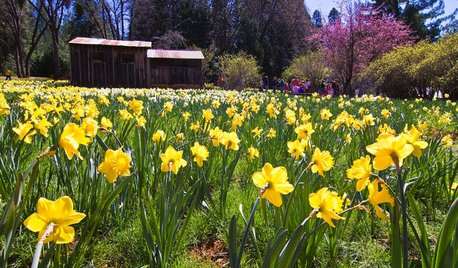
GARDENING GUIDES7 Bulbs That Flourish in Mild Climates
Fall planting: For gardens that don't see harsh winters, different guidelines for choosing and planting spring-blooming bulbs apply
Full Story
FRONT YARD IDEASBefore and After: Front Lawn to Prairie Garden
How they did it: Homeowners create a plan, stick to it and keep the neighbors (and wildlife) in mind
Full Story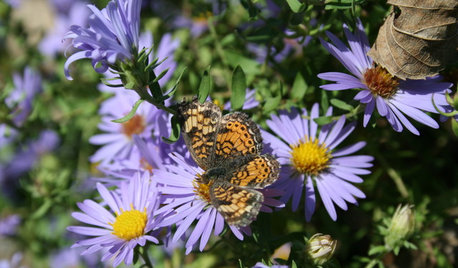
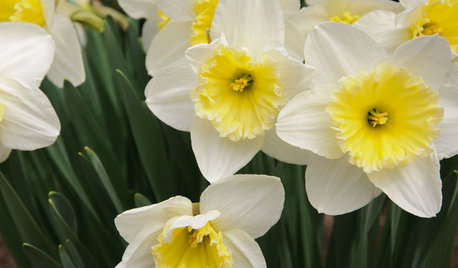
GARDENING GUIDESGreat Lakes Gardener's April Checklist
Watch your garden light up with bulbs, go wild for wildflowers and be kind to wildlife visitors
Full Story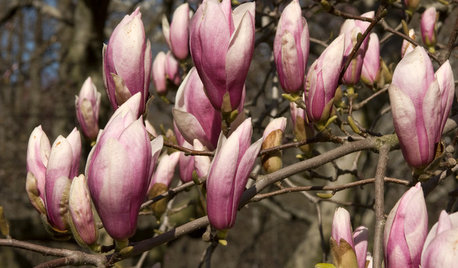
LANDSCAPE DESIGNGreat Design Plant: Saucer Magnolia
Witness its glorious spectacle in early spring, but this specimen tree brings other delightful visuals to a garden too
Full Story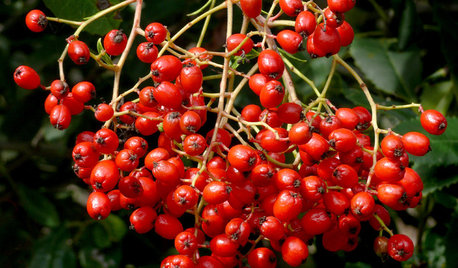
GARDENING GUIDESCalifornia Gardener's December Checklist
Let California's version of holly brighten the winter landscape — or consider another holiday performer from the whole host of choices
Full StoryMore Discussions






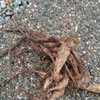
Donna
iris_gal
Related Professionals
Wrentham Landscape Architects & Landscape Designers · New Bedford Landscape Architects & Landscape Designers · Garden City Landscape Architects & Landscape Designers · Brooklyn Center Landscape Architects & Landscape Designers · Andover Landscape Contractors · Byram Landscape Contractors · Chesapeake Ranch Estates Landscape Contractors · Essex Landscape Contractors · Fort Atkinson Landscape Contractors · Long Branch Landscape Contractors · Pleasanton Landscape Contractors · Porterville Landscape Contractors · Roswell Landscape Contractors · Westford Landscape Contractors · Bensenville Landscape Contractorslinaria_gwOriginal Author
vetivert8
flora_uk
buyorsell888
cnid
cnid